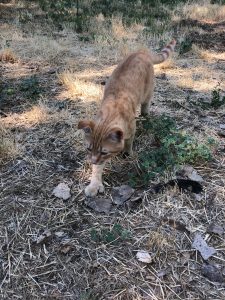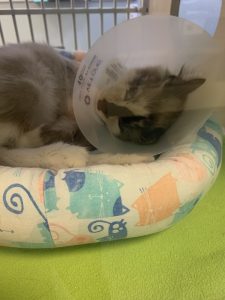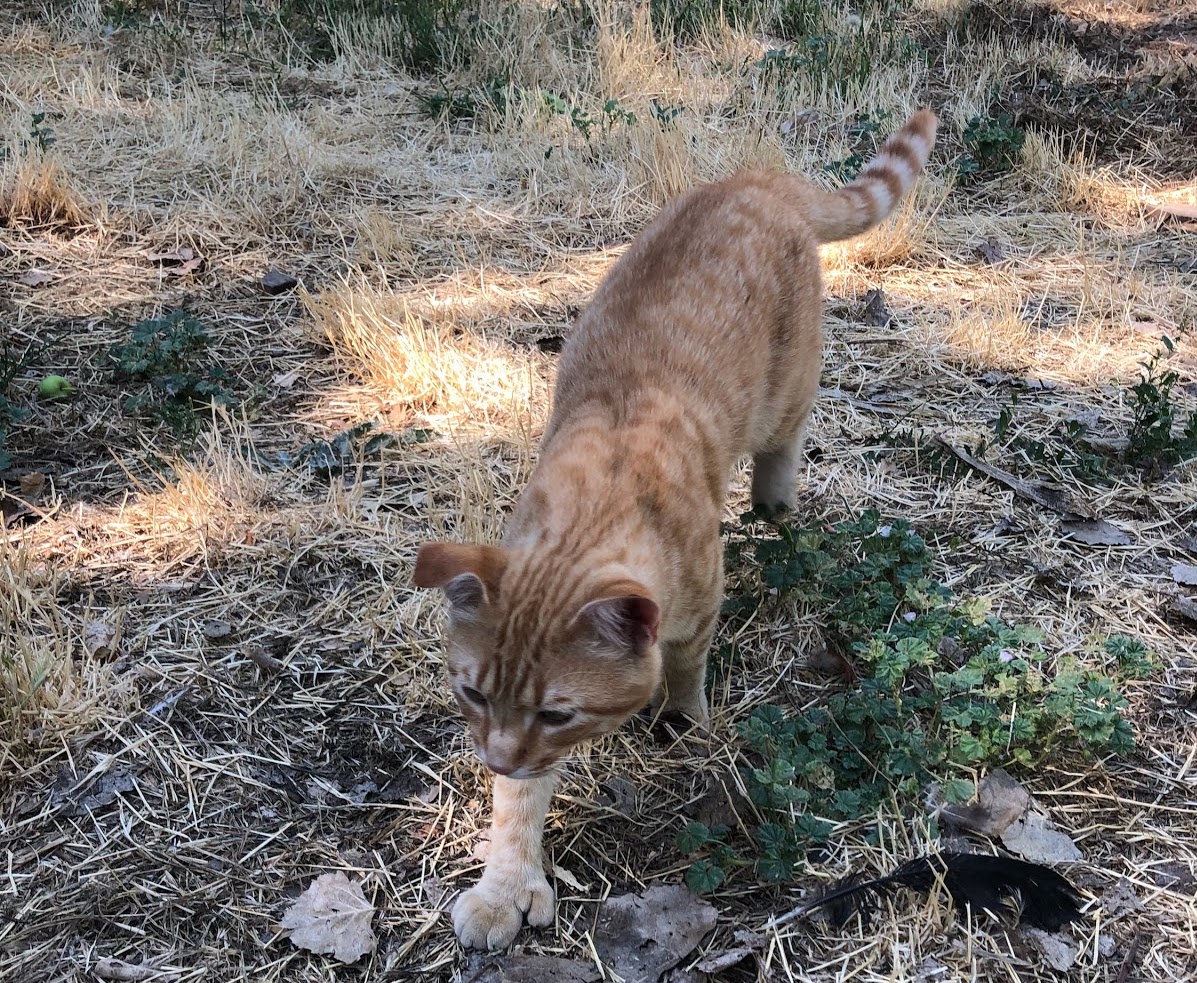By Kaylee Trainum / New Mexico News Port
Some say feral cats populations have long been a nuisance in urban areas—spreading disease and killing wildlife—and now Albuquerque and many other cities are adopting more humane ways to tackle the problem.
According to Animal Humane New Mexico, feral cats are not socialized and are removed from a home environment. These cats typically live in colonies and are victims of abandonment, accidental loss, or failure by owners to spay or neuter their pets.
They say it is unlikely most feral cats can be domesticated and therefore they are usually not adoptable.
Feral cats are responsible for the extinction of 33 species of birds globally and kill between 1.4 and 3.7 billion birds annually in the United States, according to a study conducted by the Smithsonian Conservation Biology Institute and the U.S. Fish and Wildlife Service.

Briana Maupin is a resident of Albuquerque who has had difficulty with feral cats in the past.
“It’s awful having [the cats] killing birds and ruining plants in your yard,” Maupin said. “But that doesn’t mean that they deserve to die over it.”
Catch-and-kill programs and Trap, Neuter, and Return programs are the most popular ways of approaching the problem.
Catch-and-kill programs aim to euthanize cat populations, while TNR programs trap cats, neuter them and release them back into the wild.

“[The TNR program] is very important because it helps with the overpopulation of cat colonies, but also cats in the shelter,” said Val Wilson, Director of Veterinary Operations at Animal Humane New Mexico.
“If we can decrease the number of cats un-sterilized in the community, it will impact the number of cats that come into the shelter,” she said.
According to the Zimmer Feline Foundation, Animal Humane New Mexico has sterilized over 13,000 cats since 2018.
Catch-and-kill programs have been deemed unethical by animal rights support groups like Alley Cat Allies, who advocate for the use of TNR programs. They say catch and kill programs create a hole in the natural ecosystem.
“Our trap, neuter, and return program, on a national level, is the only proven humane and effective way to manage feral cat colonies,” Wilson said.
Residents who have a feral cat problem are welcome to take advantage of Animal Humane New Mexico’s TRN program. The services are free, but a refundable deposit is required to borrow a trap.
Once the cat is trapped, it must be taken to the Animal Humane veterinary clinic where it will be examined, sterilized and given vaccines to prevent diseases from spreading. The cat is also given a tag on the tip of its ear to let other trappers and veterinarians know it is sterilized.
For more information on Animal Humane New Mexico’s TNR program click here.
Kaylee Trainum is a reporter for the New Mexico News Port. She can be contacted on Twitter @kaylee_trainum or at nmnewsport@gmail.com.
